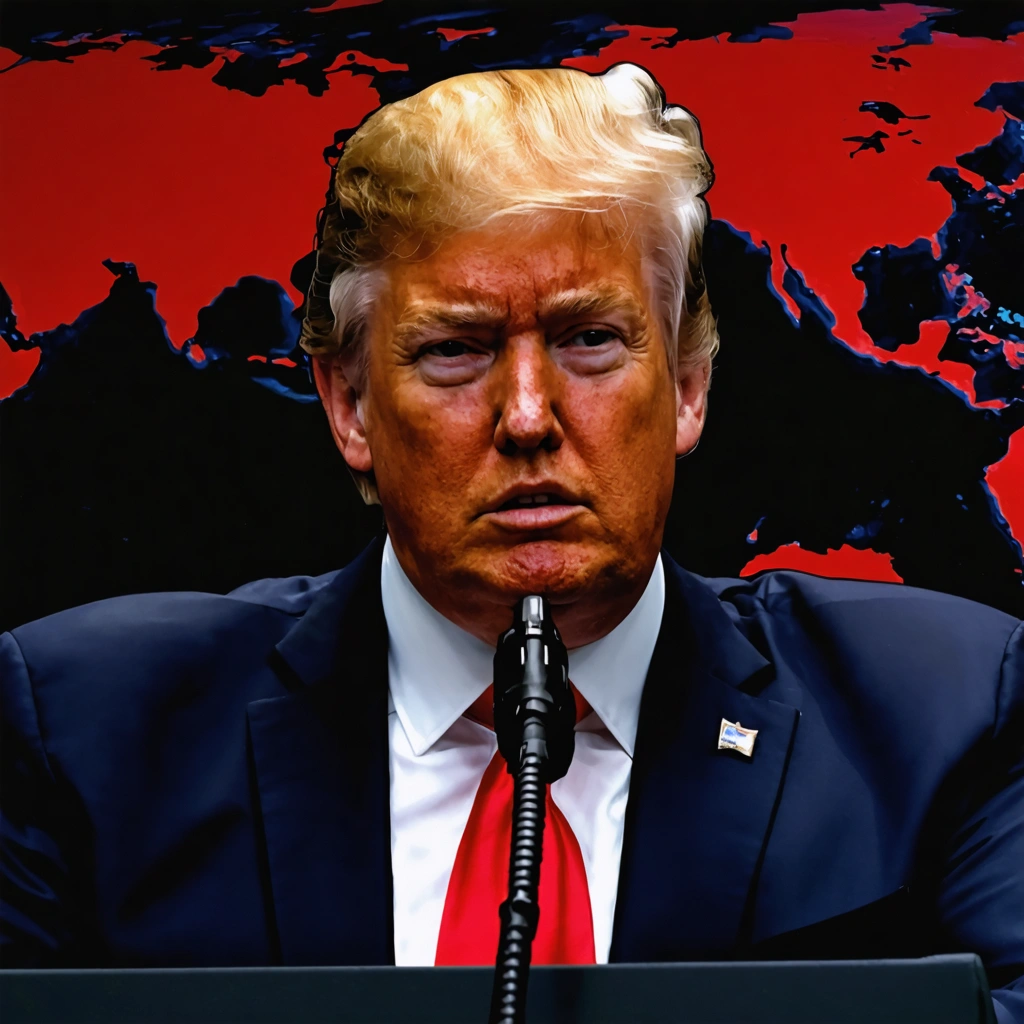
Introduction
In a dramatic move that reshaped the international trade landscape, President Donald Trump announced a 90-day suspension on new tariffs. This decision sparked intense debate and lively discussions among political strategists, business magnates, and economic experts. Moreover, the announcement emerged during a period when trade negotiations reached a critical juncture. Consequently, leaders on all sides assessed the potential for negotiation leverage as well as the risks of destabilizing market dynamics. Furthermore, the administration embraced this step as a tactical maneuver meant to recalibrate long-standing trade policies while inviting fresh perspectives on global market interactions.
Background and Strategic Rationale
President Trump’s administration acted boldly by halting the implementation of new tariffs for ninety days. In effect, this pause aimed to facilitate more effective diplomatic negotiations with China and other key trading partners. In addition, the strategy seeks to balance domestic economic interests with global trade responsibilities. Notably, the decision reflected an intent to gather more information and review complex trade data before advancing any new measures. In brief, the move intended to provide breathing room in ongoing discussions and ease rising market tensions. Transitional phrases such as “furthermore” and “consequently” emphasize that every step the administration takes carries both hidden risks and potential rewards.
Business and Economic Reactions
Business leaders reacted with diverse opinions. Investor Bill Ekman openly praised the 90-day tariff suspension, urging that this pause acted as a clever tact in upcoming negotiations. He highlighted several potential benefits, which include:
- Enhanced bargaining power with China
- Temporary relief for domestic manufacturers and importers
- Opportunities to reassess market conditions
Conversely, renowned economist Diana Suonk warned that the effective tariff rate could surge to 30.5% if regulators applied specific punitive measures against Chinese imports. Significantly, her analysis reinforced the notion that strategic pauses might mask deeper economic challenges. Additionally, economic pundits stressed that while immediate benefits appear promising, long-term impacts must be carefully evaluated. Clearly, the business community remains divided, and stakeholders eagerly anticipate further policy developments.
Analyzing the Economic and Political Implications
The tariff suspension not only redirected trade negotiations but also ignited concerns regarding future economic stability. Analysts detailed the multifaceted implications, and they organized their analysis as follows:
- Leveraging Negotiations: The suspension enhances the administration’s ability to debate terms, potentially encouraging concessions from trade partners.
- Mitigating Immediate Crisis: It provides a short-term relief valve that may stabilize fluctuations in markets disrupted by previous tariff announcements.
- Uncertain Long-Term Impact: Some experts predict that if punitive measures arise after the pause, effective tariffs could climb as high as 30.5%, significantly affecting import costs.
Furthermore, in the table below, a concise comparison outlines various tariff scenarios before, during, and after the suspension period:
| Scenario | Tariff Rate | Market Impact |
|---|---|---|
| Prior to Suspension | Variable | Heightened Uncertainty |
| During Suspension | Temporary Freeze | Short-Term Stability |
| Post-Suspension | Potentially 30.5% | Risk of Cost Surge |
Domestic Perspectives and Policy Debates
Within the United States, diverse voices emerged. Some business leaders welcomed the suspension as an opportunity to assess the competitive global environment without injecting further volatility into the market. Meanwhile, local policymakers raised questions regarding the impact on domestic employment and manufacturing. Analysts argued that the pause allowed regulators to conduct a comprehensive review of tariff enforcement practices. In essence, the strategy provided time to gauge both domestic readiness and international reaction, thereby crafting a more robust policy framework for future negotiations. Additionally, think tanks and advisory panels contributed valuable insights that enriched the debate. As a result, the administration garnered both support and criticism, reflecting the complex interplay between economic strategy and political interests.
International Reactions and Future Trade Scenarios
Across international borders, responses to the tariff suspension varied significantly. Several trade partners expressed cautious optimism, while others prepared contingency plans to mitigate potential adverse effects. In Europe and Asia, business groups closely monitored policy shifts and adjusted their strategies accordingly. Moreover, emerging economies reviewed their export-import policies to prepare for any disruptions. Certain experts predicted that the suspension might instigate a period of recalibration in global trade relations. They identified multiple factors that would shape upcoming discussions, such as:
- Currency fluctuations
- Supply chain reconfigurations
- Diplomatic negotiations
Subsequently, political analysts forecast that if new tariffs emerge after the suspension, then both domestic and global markets could face renewed turbulence. Therefore, leaders emphasized that transparency and clear communication would become critical elements in managing the transition period.
Conclusion and Forward Outlook
In summary, President Trump’s 90-day pause on new tariffs demonstrated a strategic recalibration of trade policy amid escalating global pressures. Throughout the suspension period, the administration intended to leverage the pause as an opportunity to gather essential data and refine negotiation tactics. Simultaneously, business leaders and economists offered well-founded insights, highlighting both the potential for short-term market reprieve and the risks of future tariff hikes. Moving forward, stakeholders must remain vigilant and proactive in addressing complex international and domestic trade dynamics. As negotiations evolve, future policy decisions will likely build on lessons learned during this critical period. Ultimately, the decision reflects the administration’s willingness to experiment boldly while acknowledging that trade policies continue to influence economic landscapes in profound and enduring ways.


